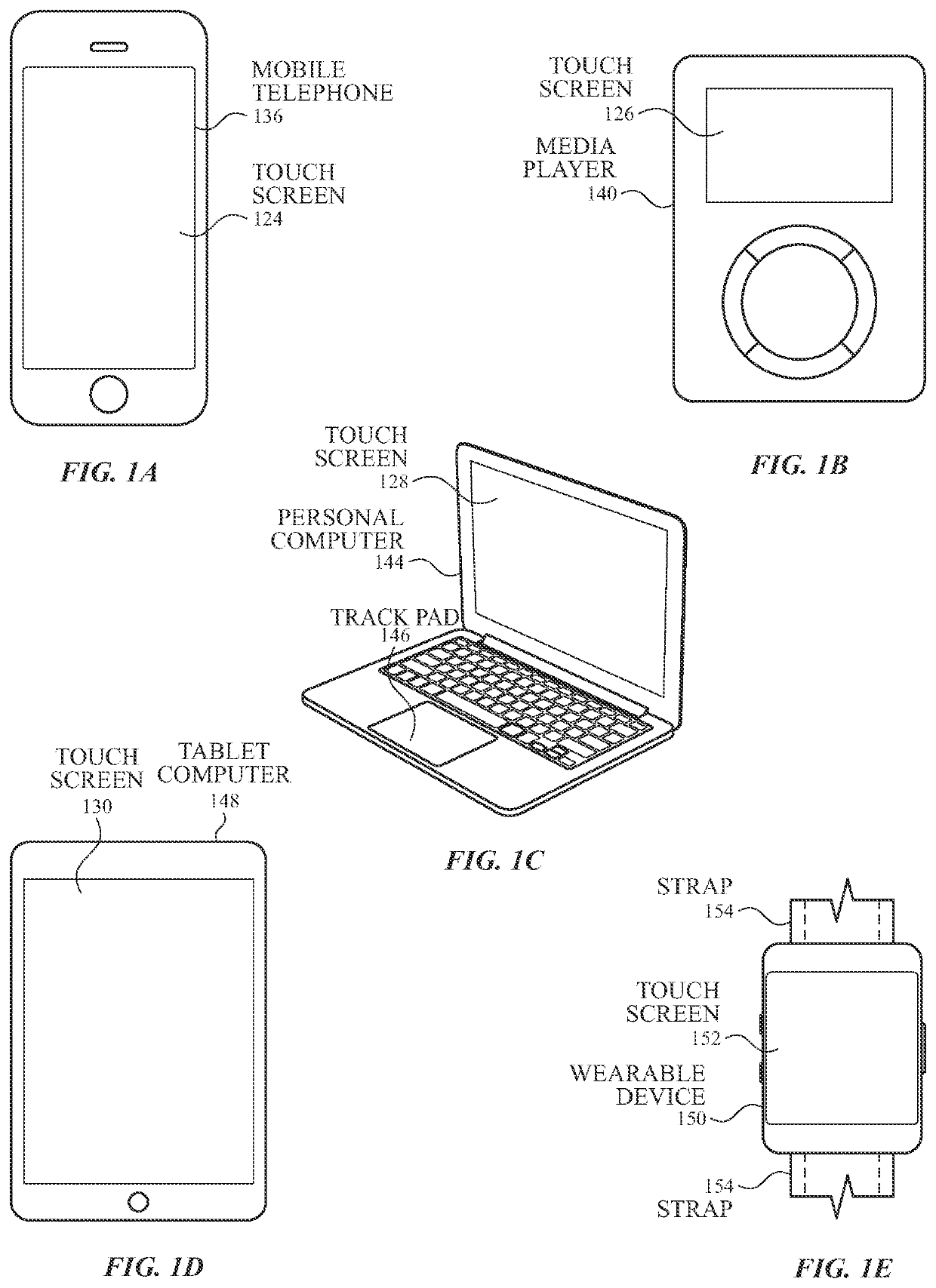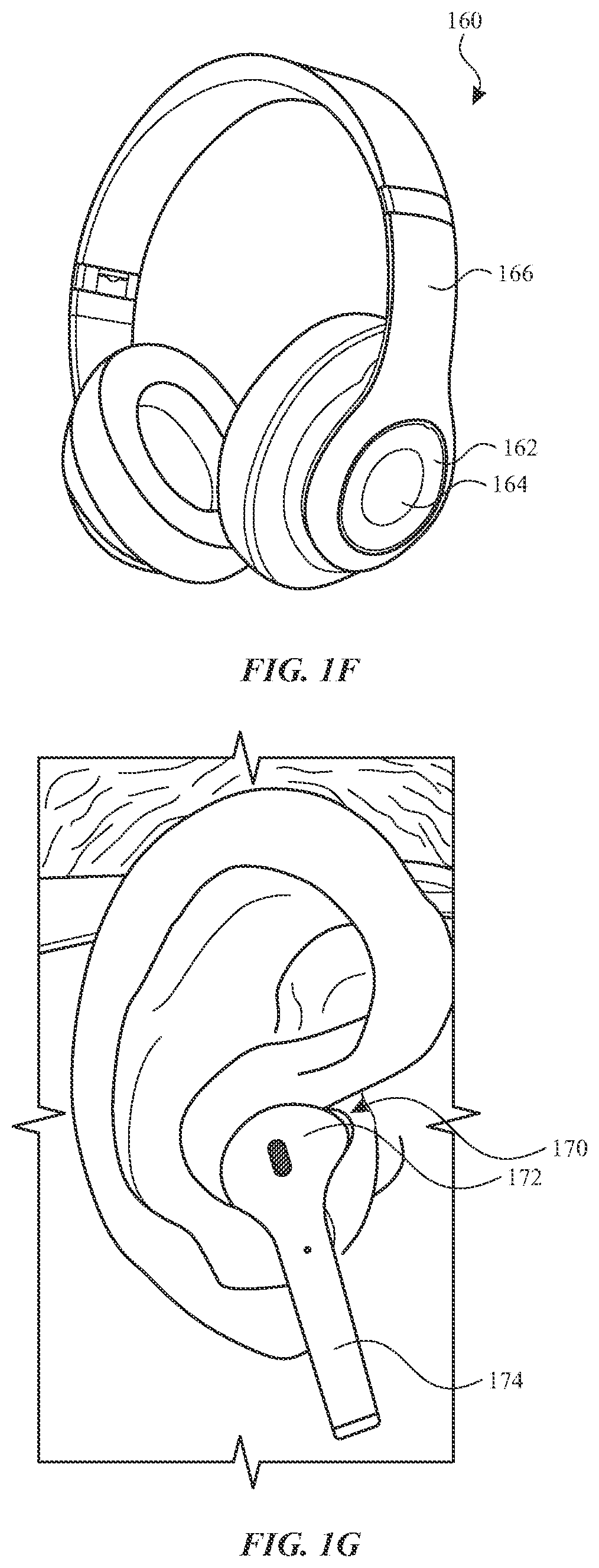Ultrasonic touch sensing parasitic wave rejection
a parasitic wave and ultrasonic technology, applied in the field of ultrasonic touch sensing systems, can solve the problems of affecting the performance of nearby electronics, reducing performance, and capacitive touch sensing systems can experience sensing errors, so as to reduce the amplitude, eliminate and/or reject parasitic ultrasonic reflections, and improve the accuracy of ultrasonic touch sensing.
- Summary
- Abstract
- Description
- Claims
- Application Information
AI Technical Summary
Benefits of technology
Problems solved by technology
Method used
Image
Examples
Embodiment Construction
[0039]In the following description of various examples, reference is made to the accompanying drawings which form a part hereof, and in which it is shown by way of illustration specific examples that can be practiced. It is to be understood that other examples can be used and structural changes can be made without departing from the scope of the various examples.
[0040]Ultrasonic touch sensing systems can be adversely affected when an object unintentionally makes contact with the touch-sensitive surface, either alone or at the same time as an intended touch. These unintentional contacts can produce parasitic ultrasonic waves or reflections. When an unintended touch occurs alone (without a simultaneously occurring intended touch), the parasitic reflection caused by the unintended touch can be erroneously interpreted as indicative of an intended, valid touch. When an unintended touch occurs at the same time as an intended touch, the ultrasonic transducers may be unable to distinguish t...
PUM
 Login to View More
Login to View More Abstract
Description
Claims
Application Information
 Login to View More
Login to View More - R&D
- Intellectual Property
- Life Sciences
- Materials
- Tech Scout
- Unparalleled Data Quality
- Higher Quality Content
- 60% Fewer Hallucinations
Browse by: Latest US Patents, China's latest patents, Technical Efficacy Thesaurus, Application Domain, Technology Topic, Popular Technical Reports.
© 2025 PatSnap. All rights reserved.Legal|Privacy policy|Modern Slavery Act Transparency Statement|Sitemap|About US| Contact US: help@patsnap.com



